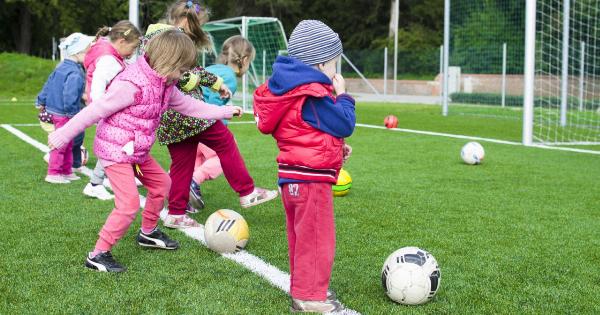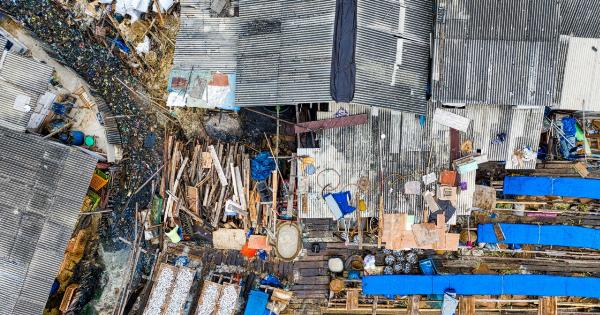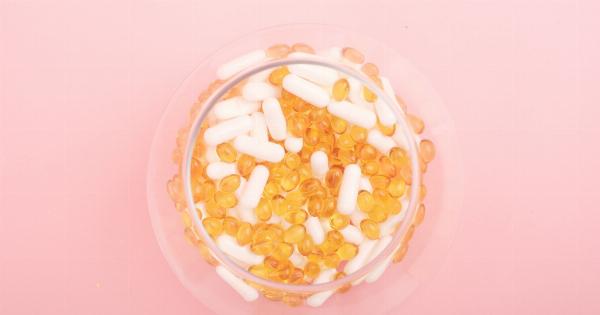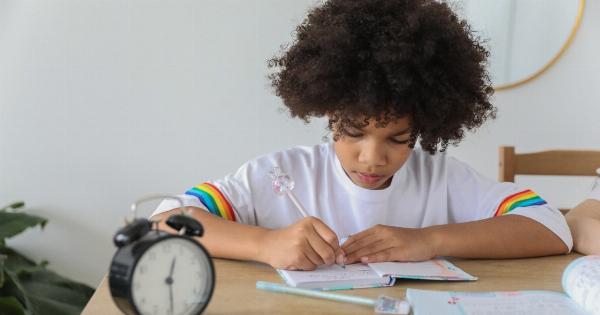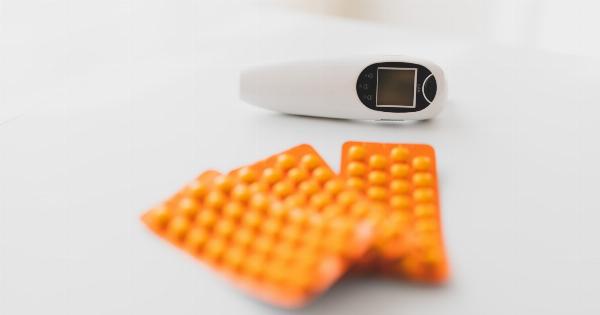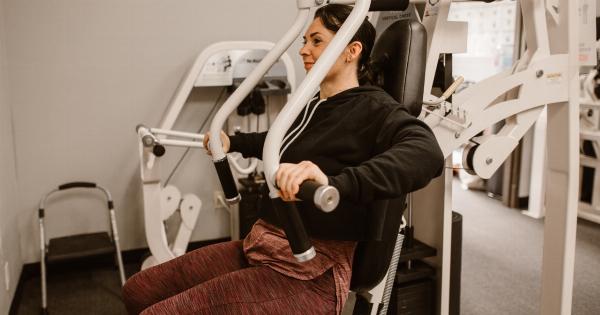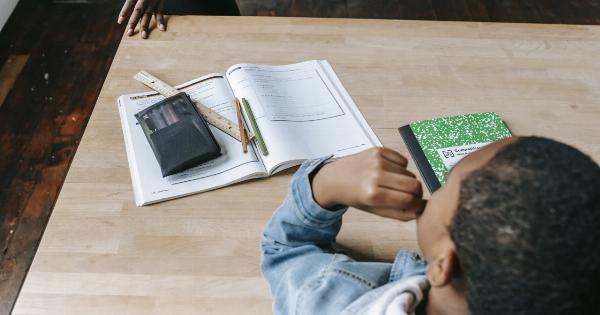The outbreak of Koroneovirus (COVID-19) has turned the world upside down. The virus is highly infectious, causing severe respiratory illness, and infecting people irrespective of borders, race, nationality, or ethnicity.
As it spreads rapidly, governments and health organizations are taking strict precautionary measures to curb the spread of the virus. One of the most effective measures to contain the virus is isolation. But how long should an isolation period last? That’s what we are going to explore in this article.
What is isolation period, and why is it important?
Isolation period, also known as quarantine, is a method of separating people who have been exposed to an infectious disease but are not yet showing any symptoms. Isolation period is important because it helps to prevent the spread of the disease.
According to the Centers for Disease Control and Prevention (CDC), people who have been in close contact with someone who has COVID-19 should quarantine for 14 days.
Why 14 days?
The 14-day isolation period is based on scientific evidence and research.
According to studies, the incubation period for COVID-19 is between 2-14 days, which means that people who have come in contact with the virus can start showing symptoms after 2-14 days of exposure. Therefore, a 14-day isolation period is necessary to prevent the spread of the virus.
Factors to consider in determining the isolation period
While a 14-day isolation period is the ideal duration for COVID-19, there are other factors that health organizations and governments can consider in determining the isolation period. These include:.
Severity of symptoms
The severity and duration of COVID-19 symptoms can vary from person to person. In some cases, people may experience mild symptoms, while in others, the symptoms may be more severe.
Health organizations can consider extending the isolation period for people who have severe symptoms.
Recovery time
As COVID-19 is a new disease, it is not yet clear how long it takes for people to recover fully. While some people may recover within a few days, others may take weeks or even months.
Health organizations can consider extending the isolation period for people who take longer to recover.
Test results
Testing positive for COVID-19 does not always mean that a person is infectious. In some cases, people may test positive for the virus, but they may no longer be infectious.
Health organizations can consider using test results to determine the isolation period for individuals.
Exposure level
The level of exposure to COVID-19 can also affect the isolation period. People who have been in close contact with someone who has COVID-19 may have a higher risk of contracting the virus and may need a longer isolation period.
Public health situation
The public health situation can also affect the isolation period.
If there is a high number of COVID-19 cases in a particular region or country, health organizations and governments may need to extend the isolation period to prevent the spread of the virus.
Conclusion
The COVID-19 pandemic has disrupted life as we know it. Isolation is an effective measure to contain the spread of the virus.
While the ideal isolation period for COVID-19 is 14 days, health organizations and governments can consider other factors in determining the isolation period. By taking a science-based approach and considering relevant factors, we can prevent the spread of COVID-19 and keep ourselves and our communities safe.


